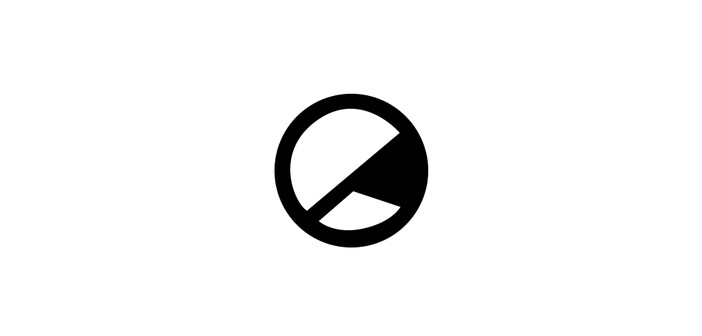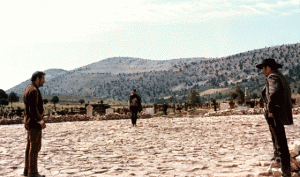Considered the greatest Spaghetti Western ever made, Sergio Leone’s iconic film, The Good, The Bad and The Ugly turns 50 today.
First released in Italy on 15th December 1966, the film was marketed as the third entry of Leone’s “Dollars Trilogy” following 1964’s A Fistful of Dollars and 1965’s For A Few Dollars More. The film follows “Blondie” (Clint Eastwood), the ‘Good’ bounty hunter who competes with the ‘Bad’ mercenary Angel Eyes (Lee Van Cleef) and the ‘Ugly’ bandit Tuco (Eli Wallach) in the search for Confederate gold amidst the chaos of the American Civil War.
Despite a mixed reception due to its violent content, the film has become highly regarded for its breathtaking widescreen cinematography, stylised violence and an iconic score from the Maestro himself, Ennio Morricone. Quentin Tarantino has referred to Leone’s epic as “the greatest achievement in the history of cinema” and “the best directed film of all time” which would later influence his own films such as Kill Bill, Django Unchained and The Hateful Eight.
During promotion of the film, Leone reinforced that it is a deliberate satire of classic Westerns released by Hollywood. This is presented through its gritty depiction of violence committed by morally ambiguous anti-heroes instead of the archetypal heroic cowboy popularised by actors John Wayne and Gary Cooper in films such as Rio Bravo and High Noon.
The film was also immensely praised by critics for Leone’s frequent use of extreme close ups of eyes and holsters which builds an incredible amount of suspense. Morricone’s score has also been considered by both film and music critics alike as one of the greatest original film scores to ever grace the silver screen. The main theme is praised for its two note melody which is meant to resemble a coyote and became a popular hit in 1968. “The Ecstasy of Gold” also became an iconic composition by Morricone due to its melody – sung by Italian soprano Edda Dell’Orso – and eventually became the introductory music of Metallica’s concerts from 1985 to present day.
Through its realistic portrayal of violence, terrific performances, beautiful score and location shooting, The Good, The Bad and The Ugly contains a cinematic recipe which remains honoured and adored by critics, academics and filmmakers and still manages to entertain audiences today.





